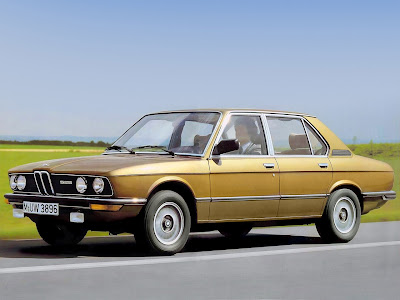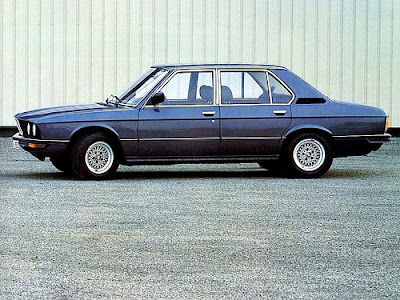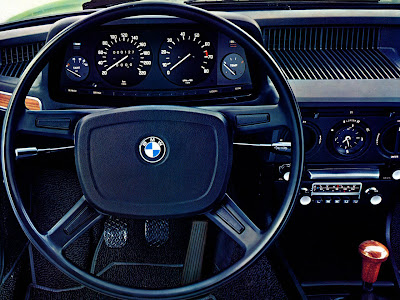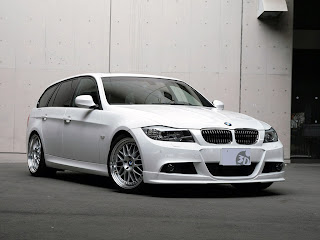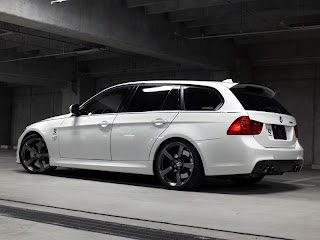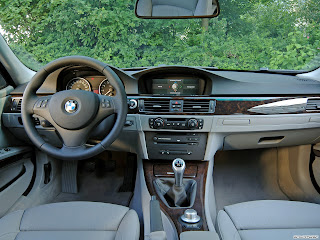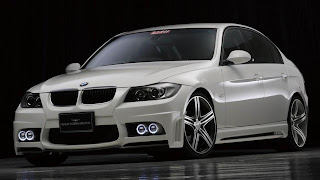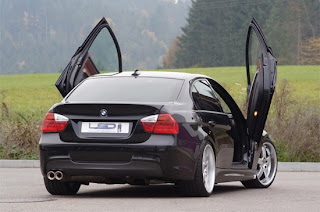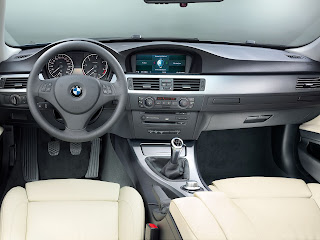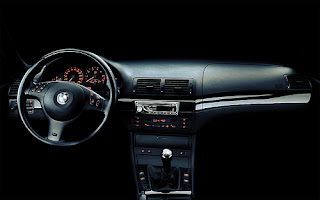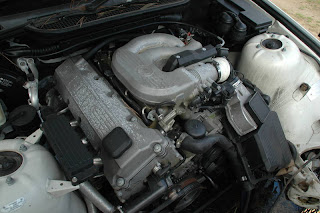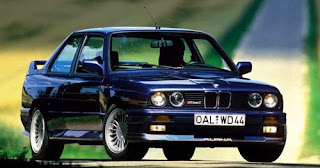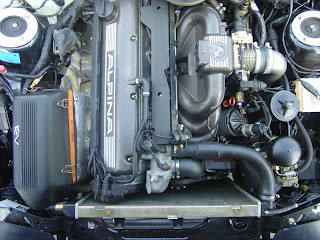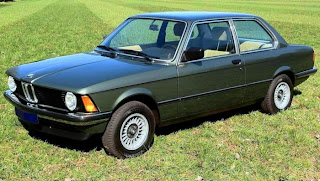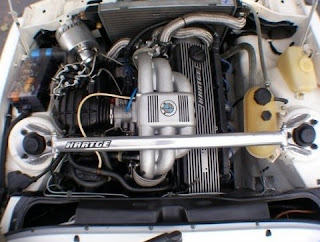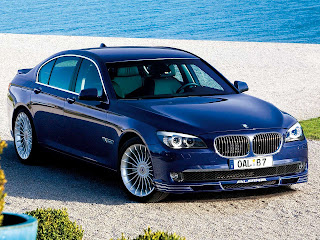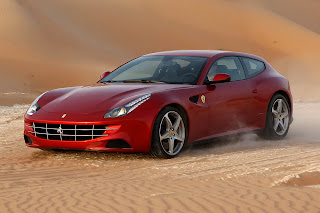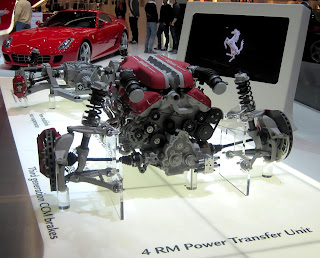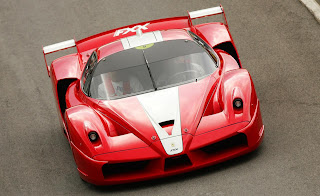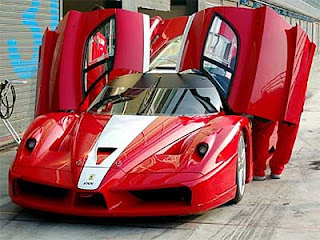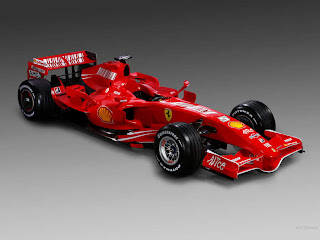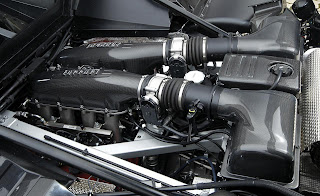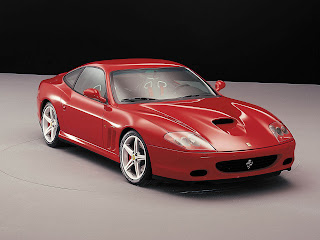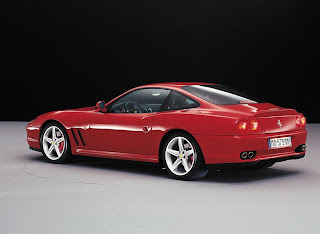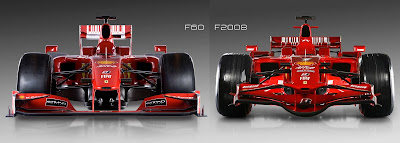View BMW E12
BMW E12 BMW 5-Series was made between 1972 and 1981. E12 was the first series that bears the 5 Series name: the '5 platform 'which symbolizes BMW's fifth' New Class'. Designed as a replacement for the popular BMW New Class mid-size sedan, the E12 5-Series models were smaller than the large BMW E3 sedan but larger than the two-door 2002 models.In 1970 BMW 2200ti Garmisch show car designed by Bertone Design Centre led by Marcello Gandini set the style for the E12 5-series. Which is designed to compete with the Mercedes-Benz W114 sedans, the E12 models are fitted with various engines. 1.8 L and 2.0 L M10 I4 engines from the older Neue Klasse sedans were used in the 518 and 520, respectively.
Models Body BMW E12
Some versions of the low production of the E12 is built. Started in 1974, 530 or 530i Motor sport "development" are strictly available on a special order for the 525/528 well-equipped 3-liter 180 PS engine from BMW 3.0S DIN or fuel injected engine 200 hp DIN of 3.0 Si . Other modifications are the rear axle ratio of 3.45:1 (3,25:1 for 530i), a 25% LSD, ventilated disc brakes, Bilstein shocks, Scheel or Recaro sports seats, sports steering wheel, light alloy wheels which use a profile tires coupled with an optional lower (often overlooked) air-dams/spoilers front-rear. Then, Motor sport 533i and 535i same package is available for conduct 528i but the display engine of 3.2L and 3.5L 633CSi and 635CSi.Markets BMW
Due to high import duties in South Africa, BMW E12 car sends a complete knock money (CKD) kits to be assembled in South Africa for their own market. An E12 / 8 was built in the South African market as well as the new E28 body replaced the E12 elsewhere. This E12 / 8 was essentially an E28 body fitted with the E12 suspension, electronics and interior.Belgium and Greece in the market, there is the BMW 518 "deluxe" version. Only a thousand of these cars were sold in 1979-1980. It was a BMW 518 with the top model 528i fixtures plus other luxury items such as headrests in the back seat.
